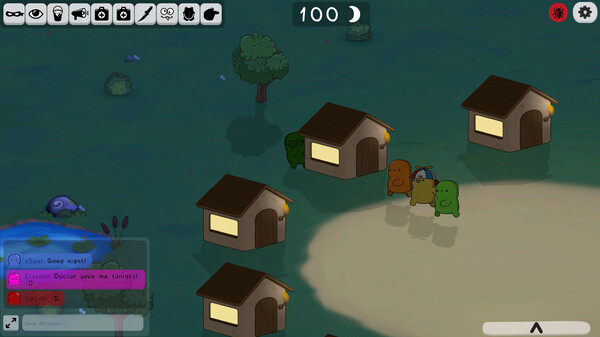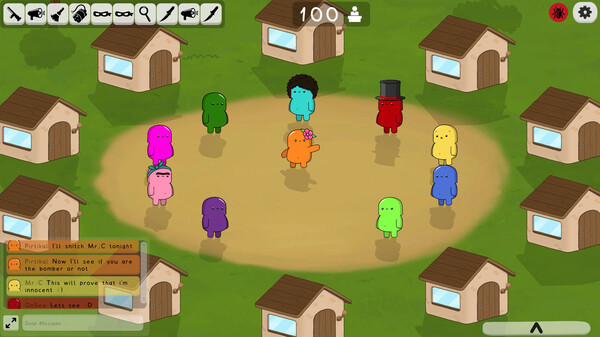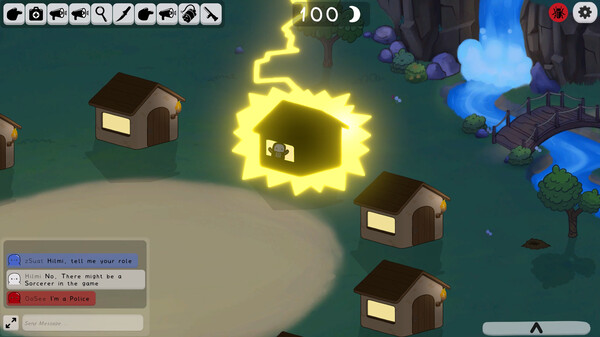Feign
by Teneke Kafalar





The Developer Says...
Feign is a role-playing game with a maximum of 12 players that takes place in a small town where innocents, imposters, and neutrals live together. You use your role at night and send a person from the village in the morning.
Keywords
Players Like...
❤ Game Mechanics and Gameplay
This multiplayer social deduction experience supports up to 12 players, challenging participants to survive and uncover hidden threats. Players receive secret roles within a small town, spending nights executing unique abilities and mornings voting to eliminate suspected imposters.
❤ Unique Role System
The game's most brilliant mechanic introduces the "Insane" role - an innocent character who unknowingly spreads misinformation. For example, an Insane player might believe they're an investigator while actually providing completely false intel, potentially causing the entire innocent team's downfall.
❤ Strategic Depth and Player Interaction
Players must carefully parse limited information, strategically communicating to achieve their hidden objectives. An imposter might subtly manipulate conversations, while an innocent player tracks suspicious behavior. Neutral roles add complexity by pursuing independent goals that could swing the game's outcome.
❤ Accessibility and Learning Curve
Unlike dense strategy games, this title allows players to quickly understand role descriptions. New participants can grasp core mechanics within a single round, making social deduction approachable for casual gamers.
❤ Customization and Presentation
Players dress characters using in-game "Feign Cookies," selecting from a variety of cute, cartoon-style outfits that enhance the playful atmosphere.
❤ Multiplayer Experience
The game delivers maximum entertainment when played with a committed friend group, though public lobbies predominantly feature Turkish and East Asian players.
❤ Recommendations
Best experienced with 4-6 friends who enjoy strategic communication and unexpected plot twists. Ideal for game nights seeking lighthearted competition.
❤ Potential Drawbacks
Limited global player base, requires active player communication, potential repetition after multiple rounds
You Might Also Looove...
About | Terms of Service | Privacy Policy
Copyright ©2024 by Totally Human Media
